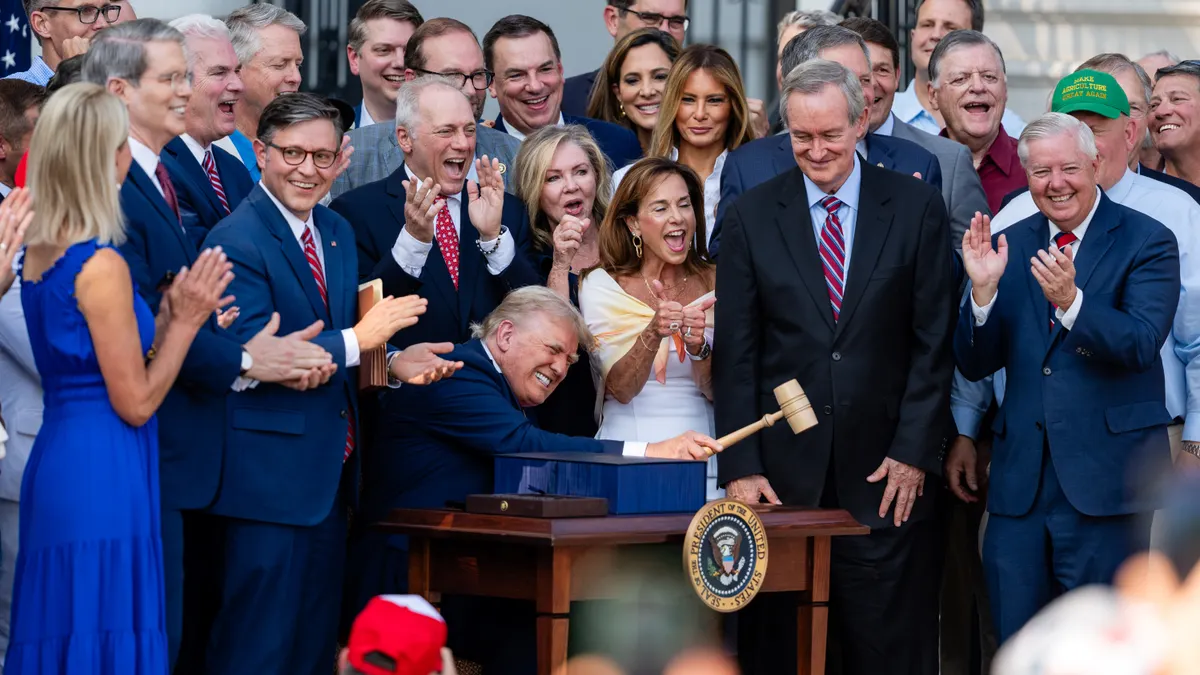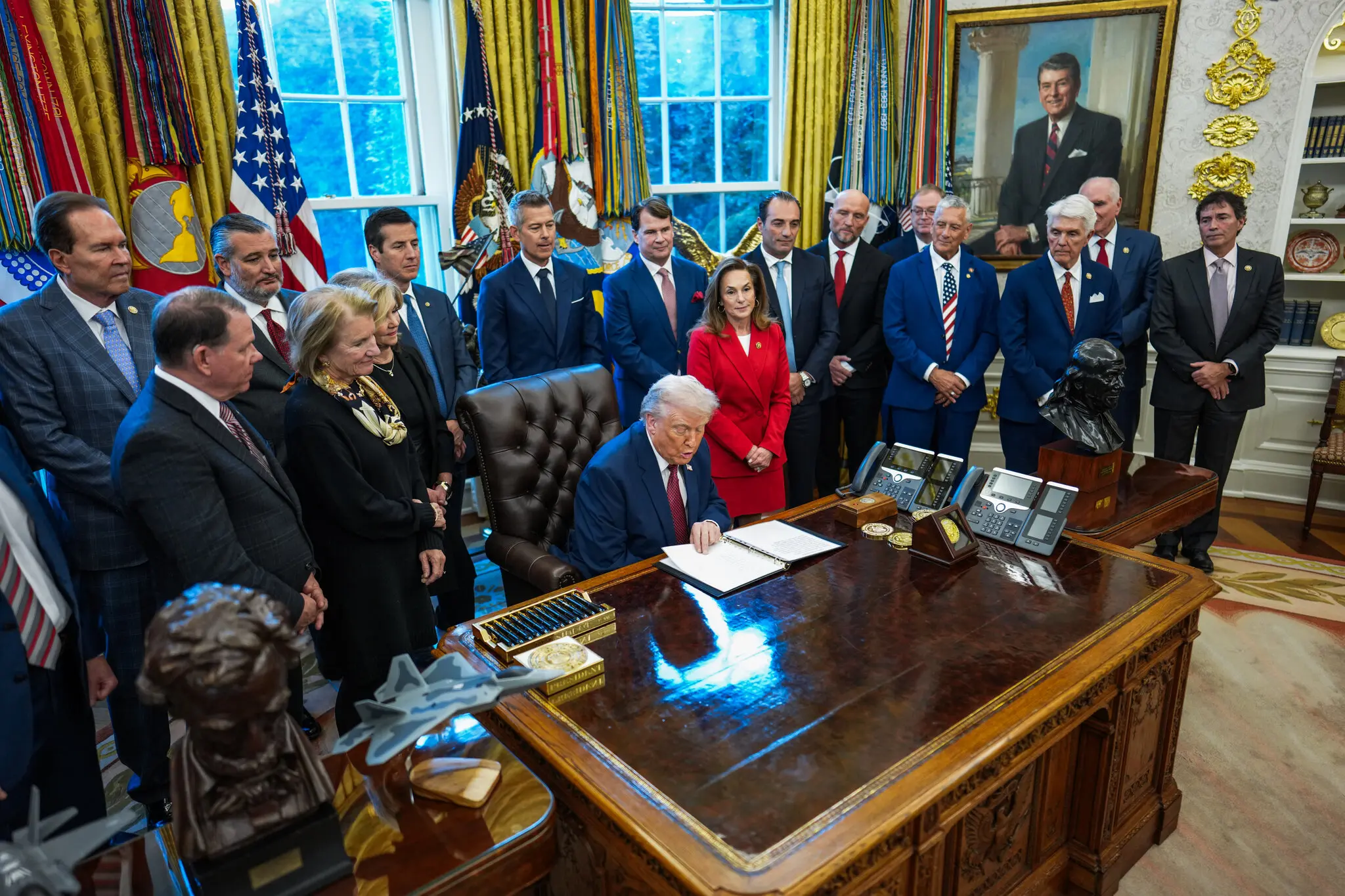The Trump administration has unveiled new guidelines that significantly restrict eligibility for federal tax credits supporting wind and solar energy projects, creating uncertainty for developers and investors across the clean energy sector.
New Rules on Eligibility
Previously, developers could secure tax credits by showing they had spent at least 5% of a project’s cost. That option is now largely eliminated for large-scale projects. Instead, companies must demonstrate visible physical progress—such as site preparation or assembly of equipment—to qualify. Only smaller solar projects, under 1.5 megawatts, may continue to rely on the 5% spending method.
Compressed Timelines
The updated rules also impose strict deadlines. Projects must begin substantial construction by July 2026 or risk losing eligibility. Any projects that qualify by then must be fully operational by the end of 2027, putting additional pressure on developers already contending with lengthy permitting processes and global supply chain delays.
Industry Pushback
Tech giants and data center operators, including those running AI-heavy platforms, have raised alarms that these tighter rules could stall renewable capacity growth. Many argue that limiting incentives will undermine efforts to power rapidly expanding data infrastructure with clean energy.
Winners and Losers
The new framework appears to favor smaller, domestically sourced projects over massive utility-scale installations. Residential solar companies with strong U.S.-based supply chains stand to benefit, while larger developers relying heavily on imported components face steep challenges.
Financial Workarounds
Despite the new barriers, the market is adapting. Developers are racing to break ground on projects ahead of deadlines, while innovative financing mechanisms—such as tax equity partnerships and transferable credit markets—are gaining traction to keep renewable investments viable.
A Shift in the Energy Landscape
The move reflects the administration’s broader energy priorities, signaling a slowdown in federal support for large-scale renewable projects while placing more emphasis on smaller, domestic initiatives. For the clean energy sector, the coming two years will be a high-stakes race against time to secure remaining benefits under the program.












Leave a Reply